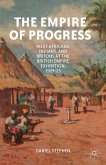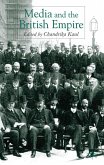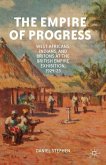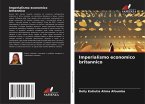This book discusses the monetary and economic aspect of British hegemony in East Africa, with a particular emphasis on Kenya. The Author explores the influence of the Indian Rupee on commercial competition between trading groups in the colonial market such as the African and Indian traders, European merchants and British settlers. Prior to 1922, the international market witnessed several gold and silver crises that seriously impacted the British financial system. London experienced speculative Business transactions, currency fluctuations and loss of lucrative markets. For the Empire, monetary issues would be resolved through mechanism of economic imperialism on the transnational level. Currency reforms in other colonies were followed by new trade and financial rules in Kenya. There, the monetary policies had an immediate effect on the formal and informal control of the regional as well as local economy, and consequently on the fundamental aspects of land ownership, labor, migration and international trade. Discrimination policies against Africans and Indians favored British settlers' interests. The Indian Rupee was replaced by the Florin and latter on by the East African Shilling.
Hinweis: Dieser Artikel kann nur an eine deutsche Lieferadresse ausgeliefert werden.
Hinweis: Dieser Artikel kann nur an eine deutsche Lieferadresse ausgeliefert werden.








